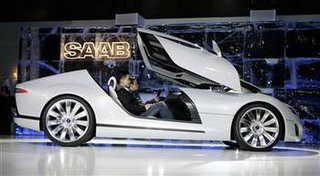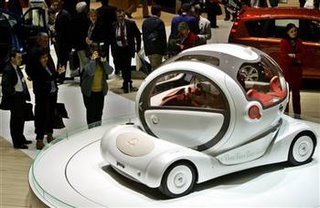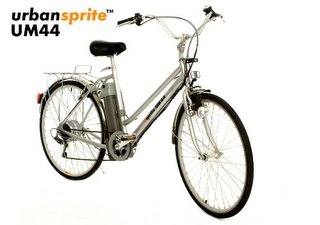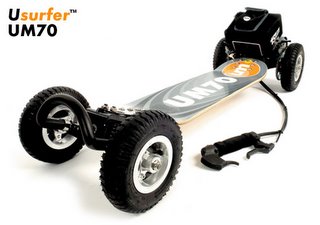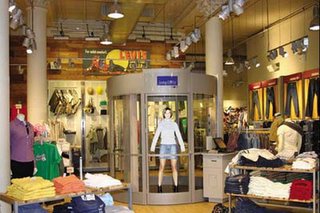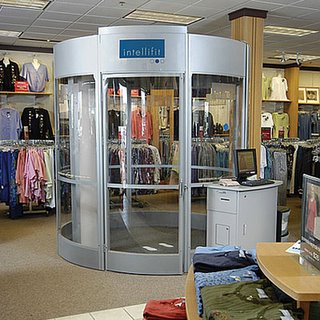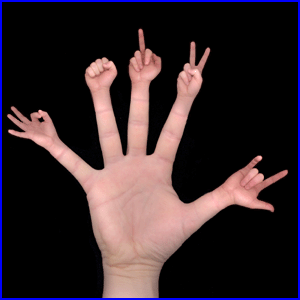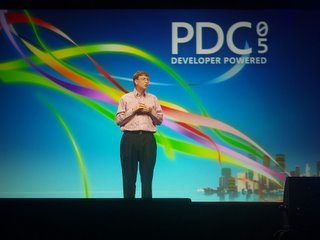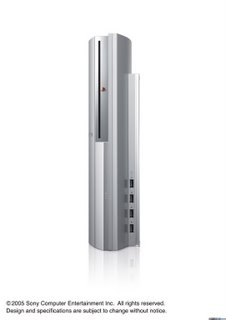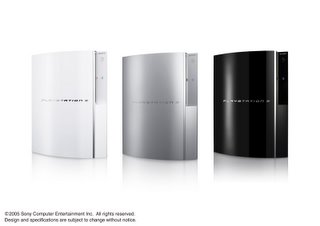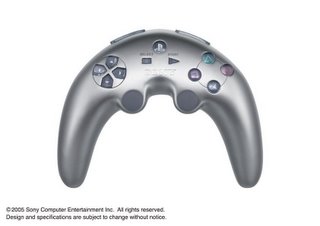Sony Ericsson Handsets To Feature Google Blogger, Search
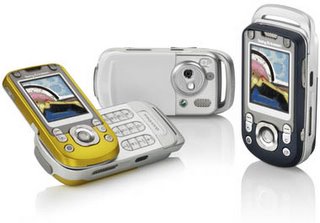
Google's Blogger and Web Search features will be offered on Sony Ericsson mobile phones, according to a Tuesday announcement from the firms.
The pre-loaded blog feature enables callers to upload photos by selecting the blog feature instead of e-mail or picture messaging. Callers are automatically linked to Google's Blogger application.
The Sony Ericsson K610, announced recently, will offer the features as will two new digital camera phones that were also announced today, the K800 and the K790. In addition, Sony Ericsson noted that Google henceforth will be the standard search engine for its mobile handsets.
"We are seeing exponential growth in blogging and consumers are turning more and more often to the Internet as a means of sharing information or images in personal blogs," said Jan Wareby of Sony Ericsson in a statement.
"By working with Google, we're able to offer a quick and easy way for people to blog as they discover how convenient it is as a way to share words and pictures." Wareby is corporate executive vice president, head of sales and marketing at Sony Ericsson.
Google icons have been integrated into the phones' user interfaces. Users do not have to access a PC to customize blog addresses in the application.
The pre-loaded blog feature enables callers to upload photos by selecting the blog feature instead of e-mail or picture messaging. Callers are automatically linked to Google's Blogger application.
The Sony Ericsson K610, announced recently, will offer the features as will two new digital camera phones that were also announced today, the K800 and the K790. In addition, Sony Ericsson noted that Google henceforth will be the standard search engine for its mobile handsets.
"We are seeing exponential growth in blogging and consumers are turning more and more often to the Internet as a means of sharing information or images in personal blogs," said Jan Wareby of Sony Ericsson in a statement.
"By working with Google, we're able to offer a quick and easy way for people to blog as they discover how convenient it is as a way to share words and pictures." Wareby is corporate executive vice president, head of sales and marketing at Sony Ericsson.
Google icons have been integrated into the phones' user interfaces. Users do not have to access a PC to customize blog addresses in the application.
